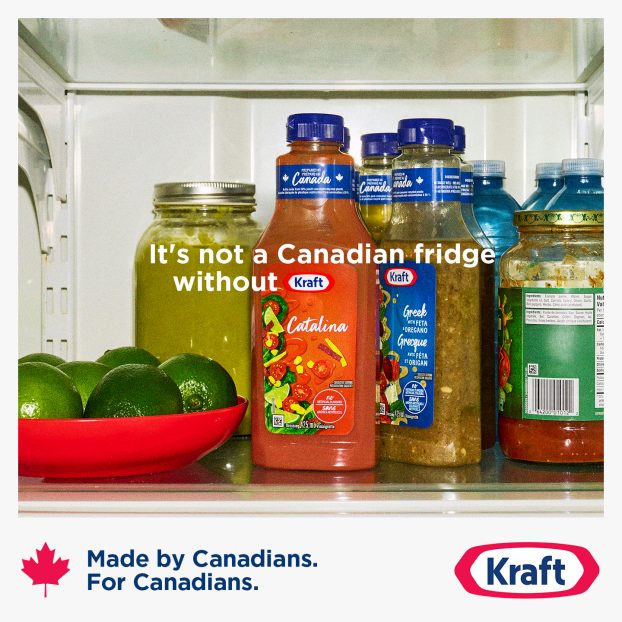Welcome to the Nineties, when anything goes when it comes to advertising illustration and design.
The creative team at Cossette Communication-Marketing, Montreal, must have been moved by this free and easy spirit because a new campaign features a newspaper ad which takes big risks and wins.
Bell asked Cossette to create a special creative concept for Bell’s Quebec price promotion advertising campaigns.
‘Busy and messy’
From a conventional standpoint, the first newspaper ad based on the new concept is busy and messy, yet it delivers a clear message in a fresh way.
Cossette has always made extensive use of illustration in its print advertising for Bell, but this ad is unusually good.
The ad features a stickman-like creation with a large, round happy face similar to the once ubiquitous happy face character that first appeared in the late Sixties.
At first glance, the ad looks like it has been illustrated in an extremely unconventional, abstract manner. A primitive, scratchy, angular graphic in blue frames the copy, which is in black type.
‘Actually, it’s supposed to look like doodling,’ says Brigitte Lederman, who wrote the copy and helped conceive the campaign with Cossette art director Sylvie Barriere.
‘People doodle when they’re on the phone, that’s where the idea came from, there’s a natural connection,’ Lederman says.
Barriere created the stickman concept. It was developed into an actual character by illustrator Martin Cote.
It’s a clever concept. The character matches the level of illustration skill possessed and employed by most people who doodle when they’re on the telephone.
A huge ‘-60%’ is the headline. This has been circled in blue ink. A rectangular box has been drawn around the sub-headline which reads ‘tout le week-end.’
The happy face guy appears prominently in the ad just below the headline and elsewhere in the ad. As character design goes, it doesn’t get much more primitive than this.
‘We wanted a concept to use as a creative framework to support all of our price promotion advertising,’ says Christiane Bourbonnais, Cossette group account director.
‘This character has been created to draw attention to Bell’s great prices,’ Bourbonnais says.
‘We expect the character to evolve over time,’ she says. ‘We want people to see him, and react to him, and get used to him, which will give us new ideas on how to adapt him to future campaigns.’
Isn’t it amazing how taste changes? The time is right for this kind of ad. The doodling concept only works today or in 1967. It wouldn’t have worked in 1986.
Cossette’s ad is also an original and fresh approach to price promotion advertising. Any retail agency knows how hard it is to create consistently groundbreaking ads when the headline must invariably contain the word ‘Save!’
Get it so wrong
It’s when creating price point or price promotion ads that many large agencies often get it so wrong. Most art directors loathe these ads and treat them accordingly, or, they try to be too clever and vastly over art-direct what ought to be a simple ad.
The Nineties, or, at least, the mid- to late-Nineties, may prove to be one of the golden periods in the ‘history’ of advertising, which ‘senior’ art directors, pundits and other observers will recall fondly as a renaissance in illustration and design.
You never know. People say this now about advertising created in the Sixties. Maybe we’re just reliving the Sixties, or trying to.
This Bell campaign would be appreciated by American folk-blues songwriter, Beck, who, in his tune One Foot in the Grave, sings, ‘Don’t go throwin’ no coupons on my grave/Don’t go carvin’ no happy face on my tombstone.’
You see, even folk music is sort of back in style. The happy face is back. It is the Sixties.
Michael Judson is president of Judson Woods, a public relations and advertising company in Montreal.























